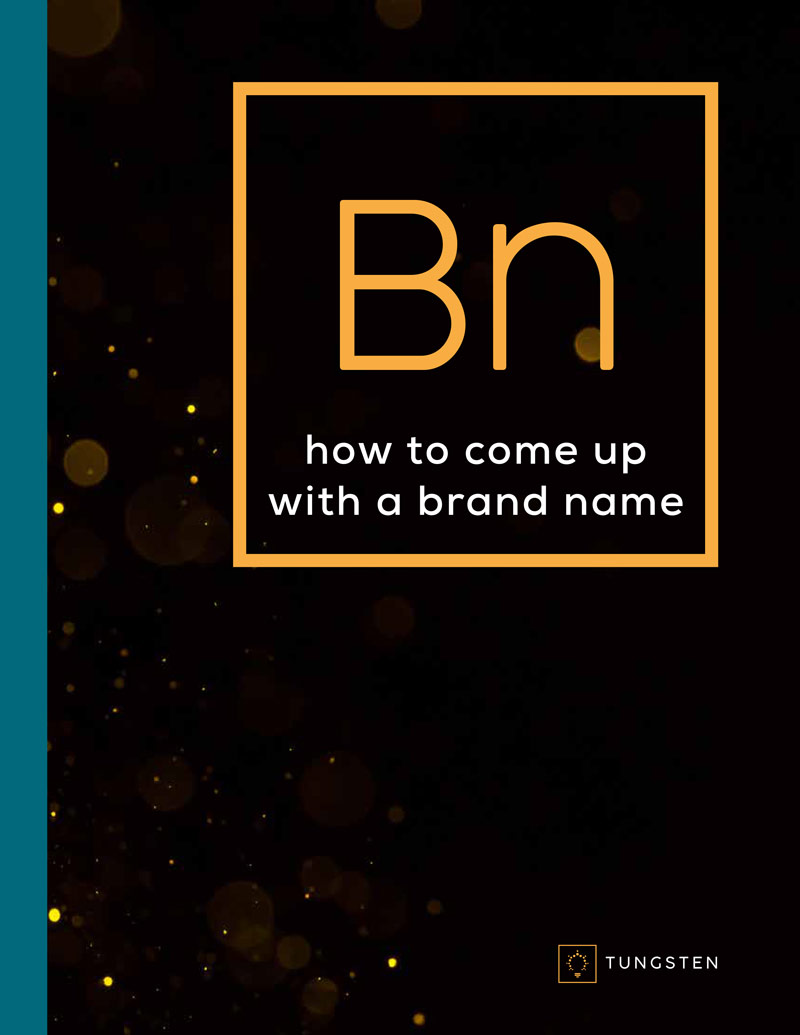Trademarking can be tricky — check out these five tips to help protect your brand identity
This article outlines five key principles that business owners should be aware of when it comes to (i) staying out of trouble for trademark infringement, and (ii) obtaining (and maintaining) exclusivity and reputation for their brands.
1. Make Sure It’s Yours Before You Start Using It
The two most important things business owners need to know about trademarks are that: (i) you can only adopt a trademark if it is not “confusingly similar” to another trademark already on the market for similar goods or services, and (ii) ignorance is not a defense to trademark infringement. As a result, it is absolutely crucial to perform thorough trademark due diligence (or “clearance research”) to see whether or not someone else already owns a trademark that is too “confusingly similar” to the trademark you want to use. Comprehensive trademark clearance research covers numerous related terms (remember, the test is “similarity,” not “identity”), and scours a vast library of databases to uncover possible issues.
In this way, trademark clearance research simultaneously serves two important functions. It both (i) helps keep you out of trouble (and avoid the costs of re-branding), and (ii) lets you know whether or not you will be able to claim exclusive rights in your brand.
2. Choose a Trademark that You Can Protect
The next most important thing to keep in mind when selecting a trademark is that not all words and names are capable of being protected as trademarks. The following scale identifies the types of trademarks and the levels of protection they can obtain:
• Generic – not subject to trademark protection
• Descriptive (describes the goods/services as opposed to merely stating what they are) – protectable as a trademark only after acquiring “secondary meaning” (recognition) in the relevant marketplace
• Suggestive (slightly more cerebral than descriptive, but still identifies the goods/services on its face—think Facebook®) – protectable
• Arbitrary (think Apple® for computers) – protectable, and subject to a greater scope of protection than suggestive marks
• Fanciful (made up words, think Exxon®) – afforded the greatest scope of protection
Importantly, which category your trademark falls into (other than for fanciful trademarks) will depend on the goods or services you sell. For example, “Coffee Cup” would be generic for mugs, but would be arbitrary for pretty much anything else. Additionally, keep in mind that the more similar your trademark is to other trademarks on the market (think of “Grand” for hotels), the less identifying strength it is going to have (assuming it’s even available for adoption in the first place).
3. Seek Protection Early with the USPTO
Even though limited “common law” trademark rights arise automatically, trademark registration with the United States Patent and Trademark Office (“USPTO”) is critical to securing exclusive rights in your brand. Importantly, a USPTO trademark registration “relates back” to the date that the application was filed, so the earlier you file for registration, the earlier your priority date will be for preventing competitors from adopting similar trademarks.
To protect your trademark as early as possible, you can file an “Intent to Use” registration application as soon as you develop a “bona fide” intent to your new name or logo in commerce. This course of action is highly recommended.
Beyond the benefits of exclusive ownership, trademark registration also serves the practical purpose of putting potential competitors on notice of your claim to rights. Remember, not everyone is as smart as you to obtain thorough trademark clearance research, and sometimes all they do is run a few quick searches in the USPTO database. If your trademark shows up in the results, you are much less likely to have to deal with issues that ought to be easily avoided.
4. Remember that Registration is Just the Start of the Process
As a result of the fact that not everyone performs trademark clearance research like they should, it is also critical to engage an active trademark monitoring service. It is a fact of business that other people will move forward without taking all necessary precautionary measures (or in spite of them); and, as a result, it falls on you to make sure that your exclusivity and reputation are maintained. Failure to adequately enforce your trademark rights can result in both (i) degradation of the brand, and (ii) potentially loss of exclusive rights altogether. In addition, if you expand overseas, you will need to take appropriate steps to clear and protect your trademarks under foreign laws as well.
5. Keep Trademark Protection in Mind as You Grow
Finally, because of the immense value of exclusivity and brand recognition, business owners should continue to cultivate and protect new trademarks on an ongoing basis. As you roll out new product or service offerings, conduct new clearance searches and file new USPTO registration applications to avoid any lapses in protection and risk management. Also, if you start offering new products or services under an existing trademark, you may still need to conduct clearance in this new market, and file one or more supplemental registration applications. Lastly, if your brand changes over time, new registration applications may be necessary in order to protect modified versions of your trademarks.
Putting the necessary effort into trademark protection in the short term will pay dividends down the road. Trademarks are key assets that need to be cultivated and protected in order to position the business for long-term success, and failure to obtain and enforce exclusive trademark rights will significantly reduce (if not eliminate entirely) the value of your investments into brand development.
About the author: With over twenty five years of company naming and branding expertise, Tungsten founder Phil Davis is a marketing and advertising veteran, having personally named over 250 companies, products and services worldwide. As a sought after branding expert, Phil has been quoted in The Wall Street Journal, Inc.com, Businessweek, Entrepreneur, and Newsday.
BY Phil Davis
Brand Naming Expert
With over twenty-five years of company naming and branding expertise, Tungsten founder Phil Davis is a marketing and advertising veteran, having personally named over 250 companies, products and services worldwide. As a sought-after naming expert, Phil has been quoted in The Wall Street Journal, Inc.com, Businessweek, Entrepreneur, and Newsday.




